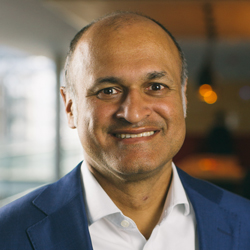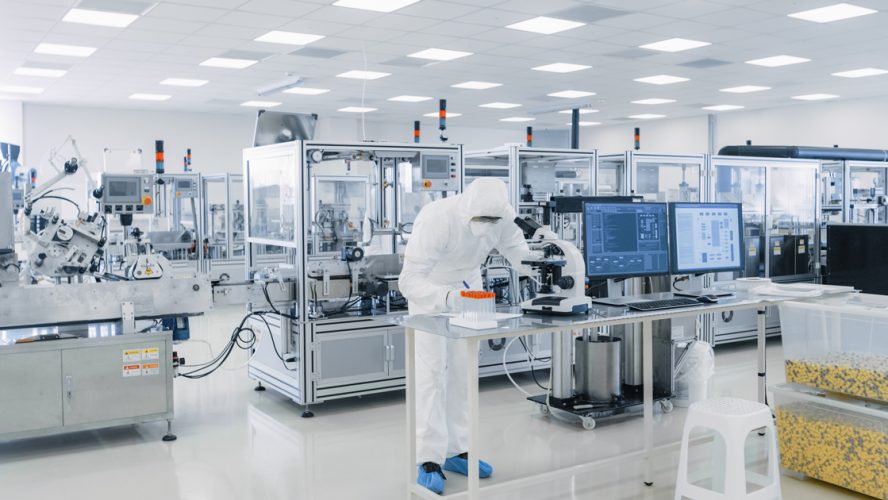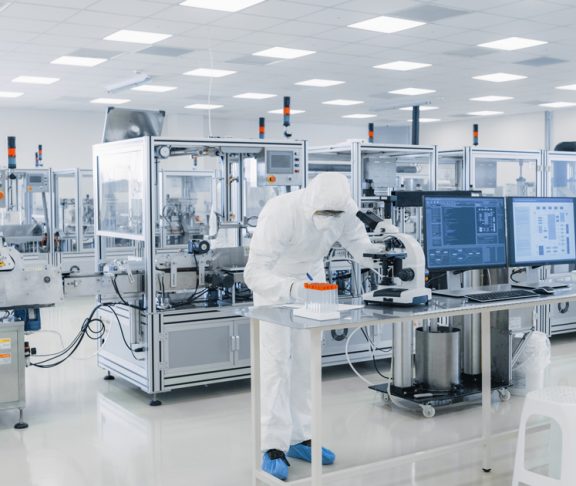
Dominic De Souza
Global Head, Sandoz’s Anti-Infectives Sustainability and AMR Program & Board Member, AMR Industry Alliance
AMR is a growing threat to global health. But, as well as developing new drugs, which bacteria may also grow resistant to, should we not be making better use of those we already have?
Antimicrobial resistance (AMR) is one of the biggest threats facing the world today, but innovation alone – while a critical part of the solution – will not save the millions of lives at stake.
We need a balanced approach, says Dominic De Souza, Global Head of the Sandoz Anti-Infectives Sustainability and AMR Program, and board member of the AMR Industry Alliance.
“There is no “silver bullet” that will magically end AMR. This is a natural phenomenon, driven by evolution, so every new drug will also be subject to resistance.”
De Souza says the global healthcare community needs to focus its efforts equally across four related areas: manufacturing, access, responsible use, and innovation.
Sustainable manufacturing
The “starting point” is to ensure environmentally friendly manufacturing standards worldwide, says De Souza.
“Antibiotics released to the environment, mostly through effluents, can be a significant cause of AMR spread.”
Ensuring reliable and environmentally friendly supply is the first step to driving sustainable access to appropriate antibiotics worldwide.
Because the key is not simply to reduce the use of antibiotics, it is to ensure access to the right medicine, for the right patient, at the right time.
Securing access
“Use of antibiotics in low and middle income countries is increasing steadily, and that’s a good thing. But there is still a way to go, because millions of people — mainly children — still die from lack of access to antibiotics,” says De Souza.
Responsible use means providing the right care in the right place at the right time.
Access is not a problem confined to LMICs. COVID-19 has demonstrated how dependent the world is on reliable supply of essential medicines, particularly antibiotics.
Access is also an economic issue. Most antibiotics have been off patent for many years, meaning prices have reached often unsustainably low levels, and this increasingly drives outsourcing, market exits and, ultimately, drug shortages.
De Souza notes that Sandoz, the leading global supplier of generic antibiotics, is the only company that still has a vertically integrated antibiotics supply chain based in Europe.
Responsible use
Stewardship means providing the right care in the right place at the right time, in a responsible way. That means, for instance, stopping over the counter sales of un-prescribed antibiotics.
It is critical because the vast majority of antibiotics do still work, either alone or in combination. The priority now is to keep it that way, by working together to prevent overuse, underuse, or misuse.
De Souza concludes: “Antibiotics are not a commodity, but life-saving drugs that also enable everyday healthcare interventions including open surgery and chemotherapy. Let’s work together to keep it that way.”
1R. Laxminarayan, P. Matsoso, S. Pant, C. Brower, J.-A. Rottingen, K. Klugmann, S. Davies; Lancet 2016; 387: 168–75


